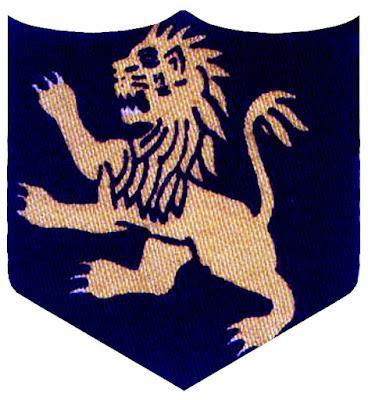THE NAGA REGIMENT

THE NAGA REGIMENT The Naga Regiment is the youngest Regiment of the Indian Army. The Nagas were quite well represented in the Assam Regiment and they also had access to other arms and services. During 1960, the delegation of the Naga Peoples Convention put forward a proposal for a separate regiment to fulfil their desire of playing a greater role in the Defence Forces of India. First Battalion (1 Naga) of the Regiment was raised at the Kumaon Regimental Centre, Ranikhet on November 1, 1970 under the command of Lt. Col. R.N. Mahajan, VSM. Being the only battalion, it was then designated as the Naga Regiment. The manpower to raise this battalion was provided by battalions of Kumaon, Garhwal and Gorkha (3 GR) regiments. 69 Nagas were enrolled directly from rehabilitation camps of underground Nagas. However, the Regiment was to comprise 50% Nagas and 50% of an equal number of Kumaoni, Garhwali and Gorkhas. Since many Kumaon battalions had been associated with Nagaland,



